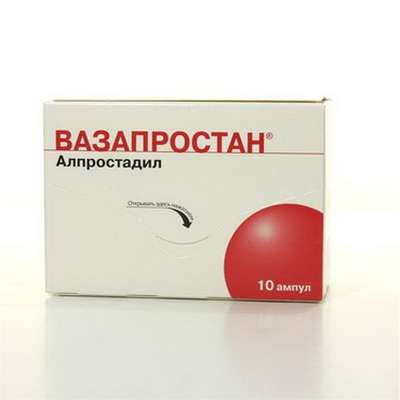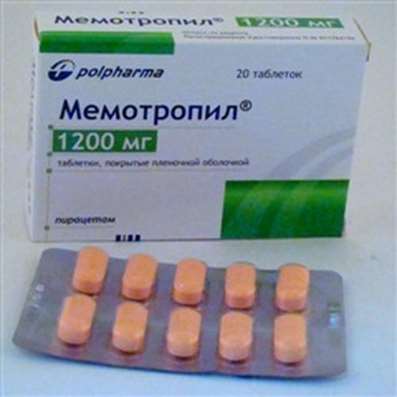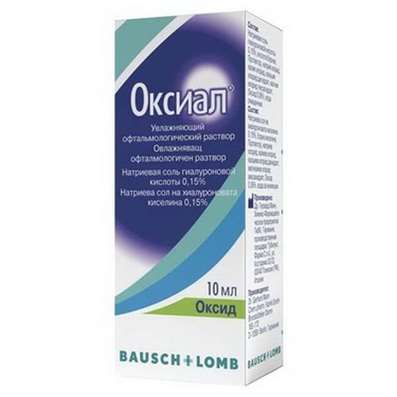Instruction for use: Nasobec
I want this, give me price
ATX Code R01AD01 Beclometasone
Active substance: Beclometasone
Pharmacological group
Glucocorticosteroid for topical use [Glucocorticosteroids]
Nosological classification (ICD-10)
J30 Vasomotor and allergic rhinitis
Allergic rinopatiya, Allergic rhinosinusopathy, Allergic respiratory diseases, Allergic rhinitis, nasal allergy, Seasonal Allergic Rhinitis, Vasomotor rhinitis, Long-allergic rhinitis, Perennial allergic rhinitis, Perennial allergic rhinitis, Year-round or seasonal allergic rhinitis, Year-round allergic rhinitis nature, Rhinitis allergic vasomotor, Exacerbation of pollen allergy in the form of Syndrome rinokonyunktivalnogo, Acute allergic rhinitis, Edema of the nasal mucosa, Edema of the nasal mucosa, Swelling of the mucosa of the nasal cavity, Swelling of the nasal mucosa, Swelling of the nasal mucosa, pollen disease, Permanent allergic rhinitis, rhinoconjunctivitis, rhinosinusitis,rhinosinusopathy, Seasonal allergic rhinitis, Seasonal Allergic Rhinitis, Haymarket rhinitis, Chronic allergic rhinitis, Allergic respiratory diseases
Composition and form of release
Nasal dosing spray 1 dose
active substance:
Beclometasone dipropionate 50 μg
Auxiliary substances: benzalkonium chloride; Phenylethanol; Polysorbate 80; Dextrose anhydride; MCC; Sodium carboxymethylcellulose; Hydrochloric acid; purified water
200 doses in a plastic bottle with an applicator with a protective cap; In a cardboard bundle 1 bottle.
Description of dosage form
White opaque suspension without visible foreign matter.
pharmachologic effect
Pharmacological action - antiallergic, anti-inflammatory local, decongestant local.
Pharmacodynamics
Beclometasone dipropionate - a synthetic SCS for topical application - has anti-inflammatory, anti-allergic and immunosuppressive effects. Increases the production of lipomodulin, which is an inhibitor of phospholipase A, inhibits the release of arachidonic acid. It prevents the accumulation of neutrophils, reduces inflammatory exudation and production of lymphokines, inhibits the migration of macrophages, reduces the intensity of infiltration and granulation processes, the formation of a chemotactic substance. Reduces the swelling of the nasal mucosa, the production of mucus. Improves mucociliary transport. It is well tolerated with long-term treatment, does not have mineralocorticoid activity, practically does not have a resorptive effect.
The therapeutic effect of Nasobec, in contrast to local vasoconstrictors for the treatment of rhinitis, with intranasal application is not immediately apparent. Relief of symptoms of rhinitis usually becomes noticeable within a few days from the start of treatment.
Pharmacokinetics
When the inhalation route of administration in the recommended doses does not have a significant systemic activity. After intranasal use, it is rapidly absorbed into the nasal mucosa. Part of the injected drug is swallowed. Most of the drug in the digestive tract is inactivated upon first passage through the liver.
Absorption from the gastrointestinal tract is low. T1 / 2 - 15 hours. Communication with plasma proteins - 87%.
The main part of the preparation (35-76%), regardless of the mode of administration, is excreted within 96 hours with the calves, mainly in the form of polar metabolites, 10-15% by the kidneys.
Indication
Seasonal and year-round allergic rhinitis;
Vasomotor rhinitis.
Contraindications
Hypersensitivity to the components of the drug;
Hemorrhagic diathesis;
Frequent nasal bleeding;
Tuberculosis of the respiratory system;
Children's age till 6 years;
Pregnancy (I trimester);
Viral, fungal diseases.
With caution: amoebiasis, glaucoma, severe hepatic insufficiency, hypothyroidism, recent myocardial infarction, ulceration of the nasal septum, recent surgical interventions in the nasal cavity, recent nose trauma, pregnancy (II-III trimester), lactation.
pregnancy and lactation
The use of Nasobec during pregnancy is allowed only if the expected benefit for the mother exceeds the possible risk to the fetus. Care should be taken when treating this drug with lactating mothers.
Side effects
When used in therapeutic doses, side effects are rare, among them: sneezing, irritation, burning, dryness in the nose; Rash, hives, angioedema and infections of the nasopharynx caused by fungal flora, rhinorrhea, headache.
In rare cases - nasal bleeding, congestion hyperemia, increased intraocular pressure, myalgia, drowsiness, cough, decreased taste sensations, atrophy of the nasal mucosa. Very rarely - ulceration of the mucous membrane of the nasal cavity, perforation of the nasal septum.
With long-term use in doses of more than 1500 μg / day - systemic side effects (including adrenal insufficiency).
Interaction
Phenobarbital, phenytoin, rifampicin decrease efficiency (induction of microsomal oxidation enzymes). Methandrostenolone, estrogens, beta2-adrenostimulants, theophylline, orally administered glucocorticosteroids enhance the activity of beclometasone. Increases the effect of beta-adrenostimulyatorov.
Dosing and Administration
Intranasally.
Before applying the Nasobec nasal passages should be free. Adults and children over 6 years: 1 dose (50 mcg) in each nasal passage 2-4 times a day (200-400 mcg). Then the dose is reduced depending on the reaction of the patient. The maximum daily dose is 400 mcg.
Directions for proper use:
Before using the spray for the first time, remove the plastic strip between the bubble cap and the nasal applicator.
1. Before use, shake the vial gently and then remove the nasal applicator cap.
2. Take a vial between the thumb and forefinger so that the bottom of the bubble rests on the thumb, and the index and middle fingers rest on both opposite sides of the lower part of the applicator.
3. Before the first use of the drug or in case of a weekly interruption in use, the first dose should be released into the free space.
4. Exhale slightly through the nose.
5. The nasal passage, in which the drug will not be injected, should be clamped with your finger, and the end of the applicator should be inserted into the free nasal passage. Then slightly bend your head so that the bubble is in a perpendicular position.
6. After that, lightly inhale through the open nasal passage and simultaneously press the nasal applicator and enter the dose.
7. Exhale through the mouth.
8. Repeated administration of the drug in the same nasal passage, repeat the operations described in clauses 6 and 7.
9. If you inject the drug into the other nasal passage, repeat the operations described in points 4, 5, 6 and 7.
After the end of the use of the drug should be cleaned the end of the applicator with a clean cloth and return the cap back to the place.
Cleaning the nasal applicator:
The nasal applicator should be cleaned at least once a week to prevent it from clogging.
To do this, lightly press the bottom of the vial and remove the nasal applicator from the vial.
The applicator and cap are rinsed with warm water and allow to dry. After that, the applicator and the cap are put on a vial.
Overdose
With prolonged use of high doses, as well as with the simultaneous administration of other systemic SCS, symptoms of hypercorticism may appear. In this case, the drug should be stopped, gradually reducing the dose.
special instructions
It is necessary to protect the eyes from getting the drug.
Terms of leave from pharmacies
On prescription.
storage Conditions
In the dark place at a temperature of 10-25 ° C.
Keep out of the reach of children.
Shelf life
4 years. After opening the bottle the drug should be used within 3 months.
Do not use after the expiry date printed on the package.

 Cart
Cart





